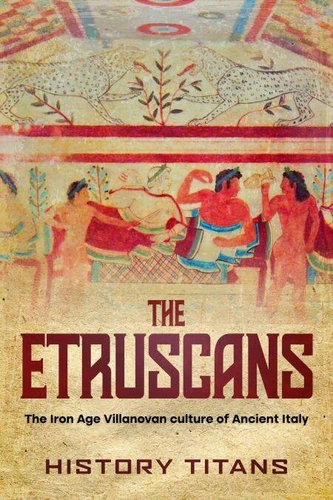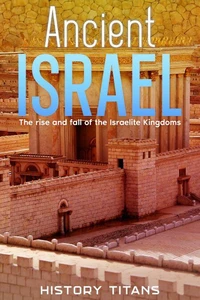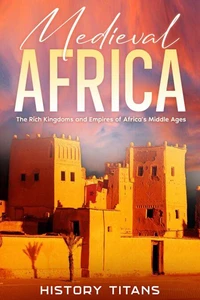The Etruscans: The Iron Age Villanovan Culture of Ancient Italy
Par :Formats :
Disponible dans votre compte client Decitre ou Furet du Nord dès validation de votre commande. Le format ePub est :
- Compatible avec une lecture sur My Vivlio (smartphone, tablette, ordinateur)
- Compatible avec une lecture sur liseuses Vivlio
- Pour les liseuses autres que Vivlio, vous devez utiliser le logiciel Adobe Digital Edition. Non compatible avec la lecture sur les liseuses Kindle, Remarkable et Sony
 , qui est-ce ?
, qui est-ce ?Notre partenaire de plateforme de lecture numérique où vous retrouverez l'ensemble de vos ebooks gratuitement
Pour en savoir plus sur nos ebooks, consultez notre aide en ligne ici
- FormatePub
- ISBN8201969660
- EAN9798201969660
- Date de parution26/05/2022
- Protection num.pas de protection
- Infos supplémentairesepub
- ÉditeurJL
Résumé
The Etruscans have long fascinated scholars, artists, historians, and even the general public primarily due to their mysteriousness and the lack of information about them. These ancient peoples lived in Etruria, a region of Central Italy situated between the Arno and Tiber Rivers. Their civilization reached its height of wealth and power during the sixth century BCE. Their way of life, dress, religious beliefs, and so many more cultural elements would later be adopted and integrated by the Romans.
They would come to dominate much of Europe, Asia Minor, and North Africa. The origins of the Etruscans have been a source of debate for centuries. Herodotus was the first to claim that they were the descendants of a group of people from Lydia in the Middle East, who their king had sent before relieving the pressures of an eighteen-year drought before 800 BCE. A few centuries later, another Greek historian, Dionysius of Halicarnassus, would claim that the Etruscans were native to Etruria and the descendants of the Villanovan culture.
They would come to dominate much of Europe, Asia Minor, and North Africa. The origins of the Etruscans have been a source of debate for centuries. Herodotus was the first to claim that they were the descendants of a group of people from Lydia in the Middle East, who their king had sent before relieving the pressures of an eighteen-year drought before 800 BCE. A few centuries later, another Greek historian, Dionysius of Halicarnassus, would claim that the Etruscans were native to Etruria and the descendants of the Villanovan culture.
The Etruscans have long fascinated scholars, artists, historians, and even the general public primarily due to their mysteriousness and the lack of information about them. These ancient peoples lived in Etruria, a region of Central Italy situated between the Arno and Tiber Rivers. Their civilization reached its height of wealth and power during the sixth century BCE. Their way of life, dress, religious beliefs, and so many more cultural elements would later be adopted and integrated by the Romans.
They would come to dominate much of Europe, Asia Minor, and North Africa. The origins of the Etruscans have been a source of debate for centuries. Herodotus was the first to claim that they were the descendants of a group of people from Lydia in the Middle East, who their king had sent before relieving the pressures of an eighteen-year drought before 800 BCE. A few centuries later, another Greek historian, Dionysius of Halicarnassus, would claim that the Etruscans were native to Etruria and the descendants of the Villanovan culture.
They would come to dominate much of Europe, Asia Minor, and North Africa. The origins of the Etruscans have been a source of debate for centuries. Herodotus was the first to claim that they were the descendants of a group of people from Lydia in the Middle East, who their king had sent before relieving the pressures of an eighteen-year drought before 800 BCE. A few centuries later, another Greek historian, Dionysius of Halicarnassus, would claim that the Etruscans were native to Etruria and the descendants of the Villanovan culture.

















